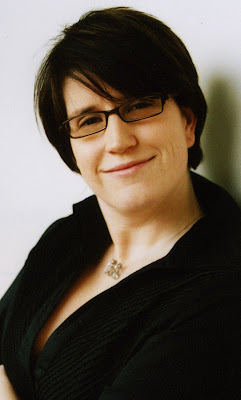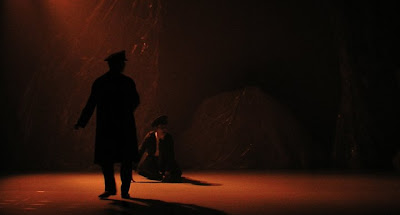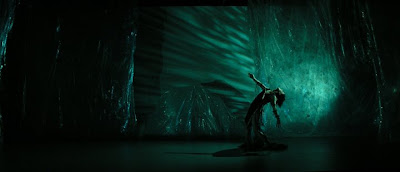1) What the fuck is going on?
Right now, I am in Australia coming off the Honouring Theatre tour with Native Earth Performing Arts. We were in Rotorua and Manukau, New Zealand as well as Perth, Australia. It’s a rough life.
2) What does it mean to you to win this year’s Dora Award for lighting design in the independent theatre category?
I am really pleased to be recognized for this particular design. It was one with which I was extremely happy, and if you know me, you know that doesn’t happen very often. In many ways it was an easy show for me to design. It was very clear to me, early on, how I wanted the show to look and I think I achieved it.
3) What was it, do you think, about April 14, 1912’s lighting design that won the confidence of the Dora jurors?
The design was intended to be quite visceral and I think it is easy for people connect to that. I wanted to have the audience immerse themselves in the world that we were trying to create. I also hope that they saw the work that all of us put into the show to create a cohesive design overall.
4) How would you describe your collaboration with the show’s director, Allyson McMackon?
I love working with Allyson. This was only my second show with her but I think we work well together. She and I talk the same language and have similar design aesthetics. When I say, “Foresty disco” or, “Dreamy MGM,” she knows exactly what I mean even though it might be gibberish to anyone else. She is clear with her thoughts early on but also open to other ideas that may come up. She also understands my fucked up sense of humour. That helps.
5) Do you have any unifying theories that inform your approach to lighting design, generally?
You have to believe what you are designing. If you can’t defend your design choices and concept ideas to yourself then you won’t be able to convince anyone else. How you achieve that is different for everyone. For me, simplicity is really important. If you can light a scene with one or two lights rather than 15, then do it. I’m not great with realistic lighting. I would rather have the audience feel the emotion and the mood of the scene than get every detail of time and place.
6) What are some of the big trends or movements in contemporary lighting design?
I’m not really hip with the kids so I’m not sure about big trends or movements. What I see now is a lot of people heading towards projection-based designs to augment the set and lighting. Some of it is done well; most of it isn’t. I think it could be a really exciting way for lighting designers to work but I don’t know enough about it at this point to utilize it myself.
LED technology is becoming important as well. I’ve seen it in a lot of industrial and commercial applications. I think there is an immediate need for alternatives to our current power-hungry fixtures. So, I am interested to see what manufactures come up with for the poor theatre folk to help replace some of the lamps that we are currently using. Of course, that will take a good number of years before I see it in the spaces in which I usually work.
7) If someone wanted to build their own theatre space, what is the minimum lighting setup you’d recommend?
I don’t want to give a blanket answer as it may lead people down the wrong road. It can depend on so many factors: How big your space is, how much money you have, and what type of performances you will present. It’s really important to work with someone that can help you do this properly. People that could help include designers that are likely to work in your space and a technician or technical director that has hands-on experience with the equipment that you are likely to buy. Don’t rely on the suppliers too much, as they don’t necessarily know the specifics of your situation. It is also important to test the equipment you are going to buy.
8) Any tips on how to put together a well-lit show on a small budget?
It is important to try to keep it simple and be prepared. Whether you are working on the tiniest show at the fringe or on a larger show, you will always be limited by time and money. It’s essential that you and your director are both on the same page by the time you get to the theatre. The more homework you do before you get to the space the better off everyone will be. Use alternative instruments if you are able and if it works for the show. I find practicals, especially in small spaces, can be really lovely.
9) What are some of the questions about theatre that are on your mind these days?
Are we becoming a culture of mediocrity?
10) How much overlap is there between theatrical lighting design and residential lighting design?
Lighting affects the atmosphere of any room (as most people understand), so in that I would say there is some overlap. However, a lot of the work I do in the theatre is with timing and the levels of the lights fading up and down. All of this occurs once the lights are in the air and focused. It would be like giving a painter just the paint but nothing to put it on.



Michelle is an incredible designer and so wonderful to work with. This is a great interview!
Michelle, I haven’t seen you in eons and on a fluke I happened across this page. The work you do is amazing. Congratulations on your awards.